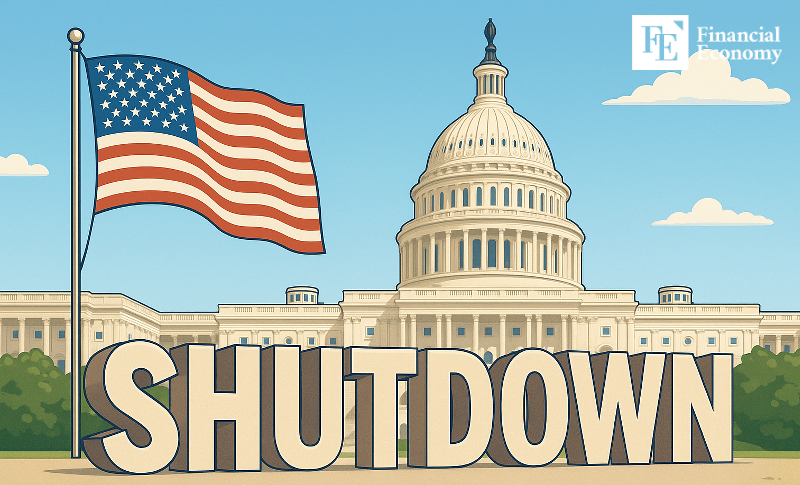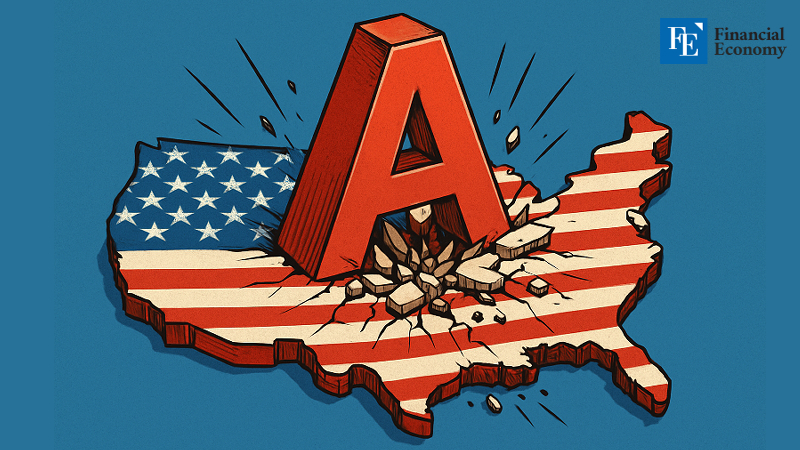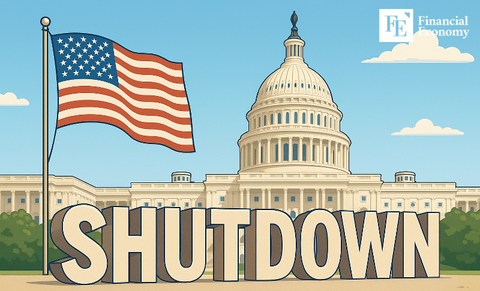U.S. Federal Government Shutdown Looms, Markets Fear Credit Downgrade
Input
Modified
U.S. Federal Government Nears Shutdown, Market Jitters Intensify Having Lost Top Ratings From All Three Major Credit Agencies, Will Another Downgrade Follow? Further Downgrades Could Push Treasury Yields Higher, Deepening Fiscal Strain

Fears of a U.S. federal government shutdown are mounting as Democrats and Republicans remain deadlocked over the Affordable Care Act (ACA). With the standoff bringing Washington to the brink of a work stoppage, some in the market are warning that the impasse could even trigger another downgrade of the nation’s credit rating.
ACA Stalemate Brings U.S. Shutdown Closer
On the 29th (local time), President Trump met at the White House with Vice President JD Vance, Senate Republican Leader John Thune, House Speaker Mike Johnson, Senate Democratic Leader Chuck Schumer, and House Democratic Leader Hakeem Jeffries to seek ways to avert a government shutdown. However, Democrats and Republicans failed to bridge differences over extending subsidies for the Affordable Care Act (ACA), set to expire at the end of this year.
Trump and Republicans argued that Democrats were holding the federal budget “hostage” to funnel taxpayer money through the ACA to undocumented immigrants. Democrats countered that any ACA subsidy extension must be paired with restoring Medicare funding cut by Trump’s tax law. Vice President Vance accused Democrats of pushing the government toward a shutdown by refusing to “do the right thing,” while Jeffries insisted Democrats would not support Republican legislation that undermines healthcare.
With both sides deadlocked, a federal shutdown is now looming. If a stopgap spending bill fails to clear the Senate on the 30th, parts of the federal government will cease operations starting October 1, forcing workers into unpaid leave. Key data releases would also be delayed. The Department of Labor has already warned that the September jobs report, scheduled for October 3, cannot be published if government functions halt. That report is a crucial input for the Federal Reserve’s policy decisions at its next FOMC meeting. If the shutdown drags on, the Labor Department may also be unable to release September CPI and PPI data due on October 15, leaving the Fed to set monetary policy without the latest figures.
Moody’s Flags Risk of Further Downgrade Amid Shutdown Fears
As worries over a federal government shutdown intensify, concerns are mounting that the turmoil could trigger another downgrade of U.S. credit. In May, Moody’s cut the U.S. sovereign rating from Aaa to Aa1, warning that further political turmoil affecting the economy could lead to another adjustment. The move ended more than a century of Moody’s keeping the U.S. at the highest rating since 1917.
Moody’s cited the rapid surge in U.S. national debt as the key reason. Both the debt-to-GDP ratio and interest payment burden have risen sharply over the past decade, far outpacing other countries with similar ratings. As of May, when the downgrade was announced, U.S. federal debt stood at nearly $36.22 trillion, up about $1.66 trillion from a year earlier. Interest payments reached $1.133 trillion in 2023, surpassing the $1 trillion mark for the first time.
With Moody’s downgrade, the U.S. has now lost its top-tier rating across all three major agencies. Standard & Poor’s was the first to act in August 2011, lowering the U.S. from AAA to AA+ over ballooning debt. Fitch followed in August 2023, citing fiscal deterioration, rising debt burdens over the next three years, and worsening governance as partisan clashes nearly derailed a debt ceiling deal.

Aftermath of a Credit Downgrade
If the U.S. credit rating is downgraded again, the federal government’s fiscal burden is expected to increase further. A lower rating would force investors to demand higher yields on Treasuries, citing reduced safety. In fact, right after Moody’s announced its downgrade in May, the benchmark 10-year Treasury yield rose from 4.44% to 4.49% in the final 15 minutes before market close, reflecting falling bond prices.
Higher Treasury yields mean the U.S. government faces greater interest expenses and a heavier debt load. If other market lending rates climb in tandem, the risk of recession grows. Since Treasuries serve as the foundation of the global bond market, volatility in U.S. debt would inevitably spill over to global markets.
There is also the possibility of an accelerated “Sell USA” trend, as Treasuries and the dollar lose their safe-haven appeal. With investor sentiment already weakened by President Donald Trump’s hardline trade policies, another downgrade could spark severe market turbulence and trigger large-scale capital outflows.






















Comment